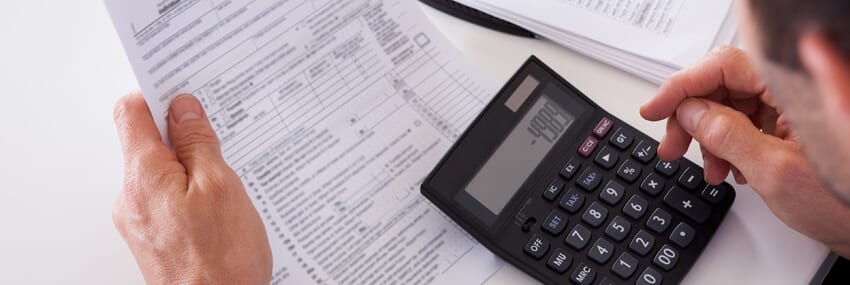If something ends up costing you much more than you were expecting to pay for it, you might be expected to wonder why. It’s part of the laudable function of the National Audit Office (“NAO”) to encourage the same approach by government, though they must often feel that they are the voice of one crying in the wilderness.
In particular NAO has recently taken HMRC to task for their alleged lack of curiosity over the supposedly high tax cost of Entrepreneurs’ Relief. The “cost” to the exchequer (which was £500m in 2008/9) is now estimated to be some £2.9 billion in 2013/14 – some three times as high as HMRC’s original estimate. Mind you, given that legislative changes over that period have increased the maximum potential cash value of the relief from just £80,000 to a whopping £1.8m it’s scarcely surprising that the cost to the exchequer has gone up a bit. In all the circumstances we might ourselves be more inclined to doubt the accuracy of the original estimate than to attribute the increase to avoidance activity by nefarious taxpayers.
But now that the NAO has cracked the whip and pointed the finger, expect HMRC to react by enquiring into Entrepreneurs’ Relief claims with a renewed vigour and fervour. ER is a relief which is full of little pitfalls for the unwary, especially in the context of “associated disposals”; the old question of whether what has been disposed of is a business or mere assets; and the timing of disposals. On the other hand, it can also give some surprisingly generous results, especially where an asset has been used for non-business purposes for part of the period of ownership – the restriction in relief isn’t always at all what you would expect it to be. So perhaps it’s just that more people have been reading the legislation carefully in the past five years and realising just how much relief is on offer …
For help on specific ER problems, try your usual BKL contact.


